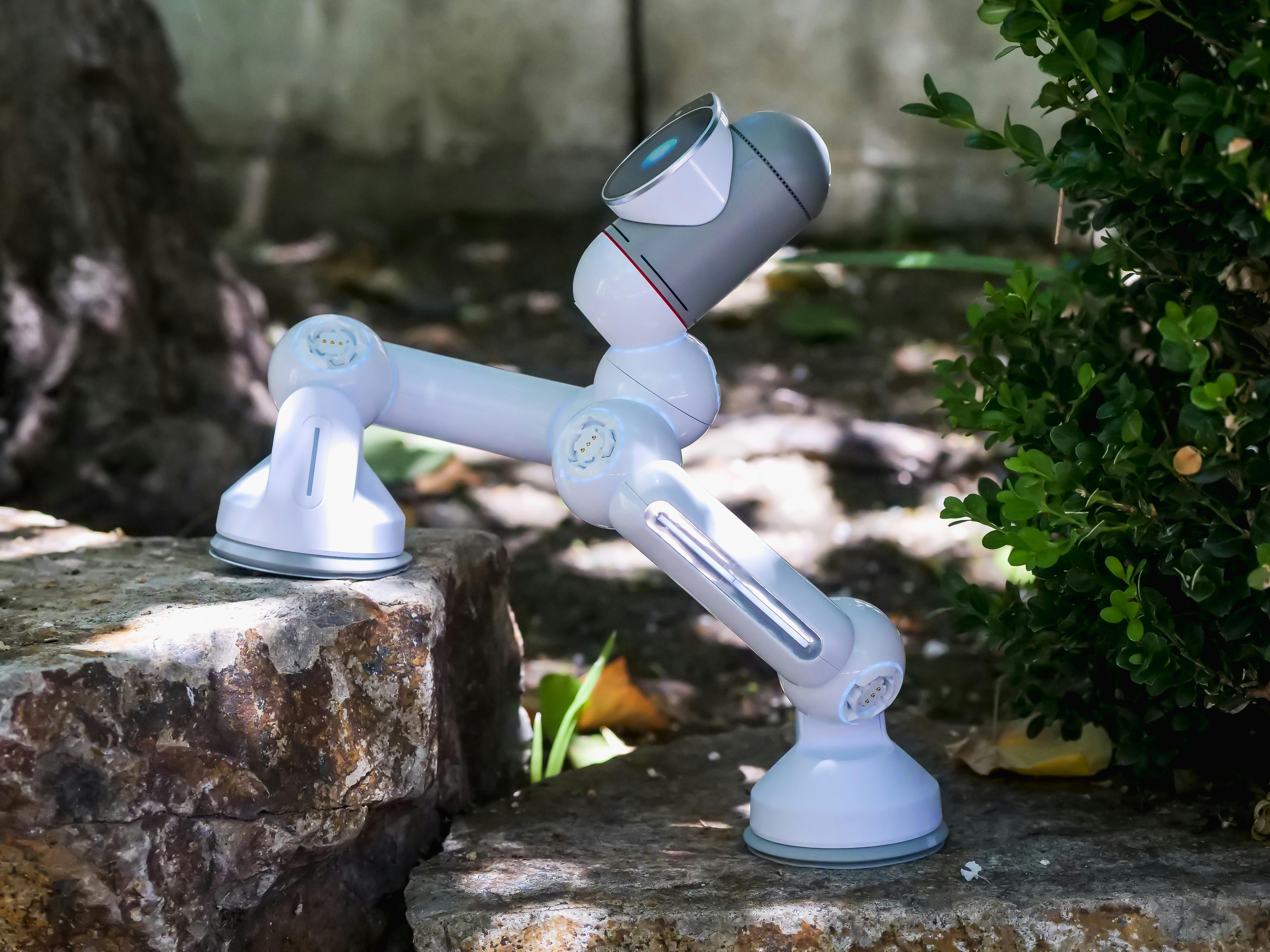Pioneering the Future: The Role of Industrial Robotics in the Modern Business Landscape
As the world continues to evolve, businesses must keep pace with technological advancements and industrial innovations to maintain a competitive edge. One such breakthrough that is reshaping the business landscape is the rise of industrial robotics. Industrial robotics is not a novel concept; it has a rich history dating back to the 1960s when George Devol and Joseph Engelberger created Unimate, the first industrial robot. Yet, the field has come a long way from those early days. Modern industrial robots are more sophisticated, versatile, intelligent, and efficient, capable of executing complex tasks with precision. The advent of technologies like machine learning and AI has further augmented their capabilities, pushing the boundaries of what's possible.

Current Business Trends and Practical Applications
Today, industrial robotics is at the forefront of the fourth industrial revolution, or Industry 4.0. The global industrial robotics market is projected to reach $41.23 billion by 2020, fueled by increasing adoption across diverse sectors, from manufacturing and automotive to healthcare and logistics.
In manufacturing, robots are used for tasks like assembly, painting, welding, and quality control. They help reduce errors, increase productivity, and enhance safety by performing tasks that are dangerous for humans. In healthcare, surgical robots assist doctors in performing intricate procedures with unmatched precision. In logistics, automated guided vehicles (AGVs) streamline warehouse operations, expediting order fulfillment.
Impact, Benefits, and Challenges
The impact of industrial robotics on businesses is profound. It can boost productivity, enhance precision, improve safety, and reduce operational costs. By taking over mundane and hazardous tasks, robots allow human workers to focus on strategic, creative, and decision-making roles, leading to a more engaged and productive workforce.
However, the journey towards robotic automation is not without challenges. High upfront costs, technical complexities, and workforce resistance are some obstacles businesses may encounter. Additionally, there’s the ethical debate about job displacement due to automation, which businesses must address responsibly.
Practical Insights for Embracing Industrial Robotics
- Start with a clear understanding of your business needs and how robotics can address them.
- Plan for the integration of robots into your existing workflow without disrupting operations.
- Invest in training your workforce to work alongside robots.
- Consider the ethical implications of automation and plan for workforce transition and reskilling.
The incorporation of industrial robotics is a strategic business decision that requires careful planning and execution. However, the rewards, in terms of enhanced productivity, efficiency, and competitiveness, can be substantial. As businesses navigate this new landscape, they must stay attuned to the evolving trends, opportunities, and challenges to make the most of this transformative technology.




